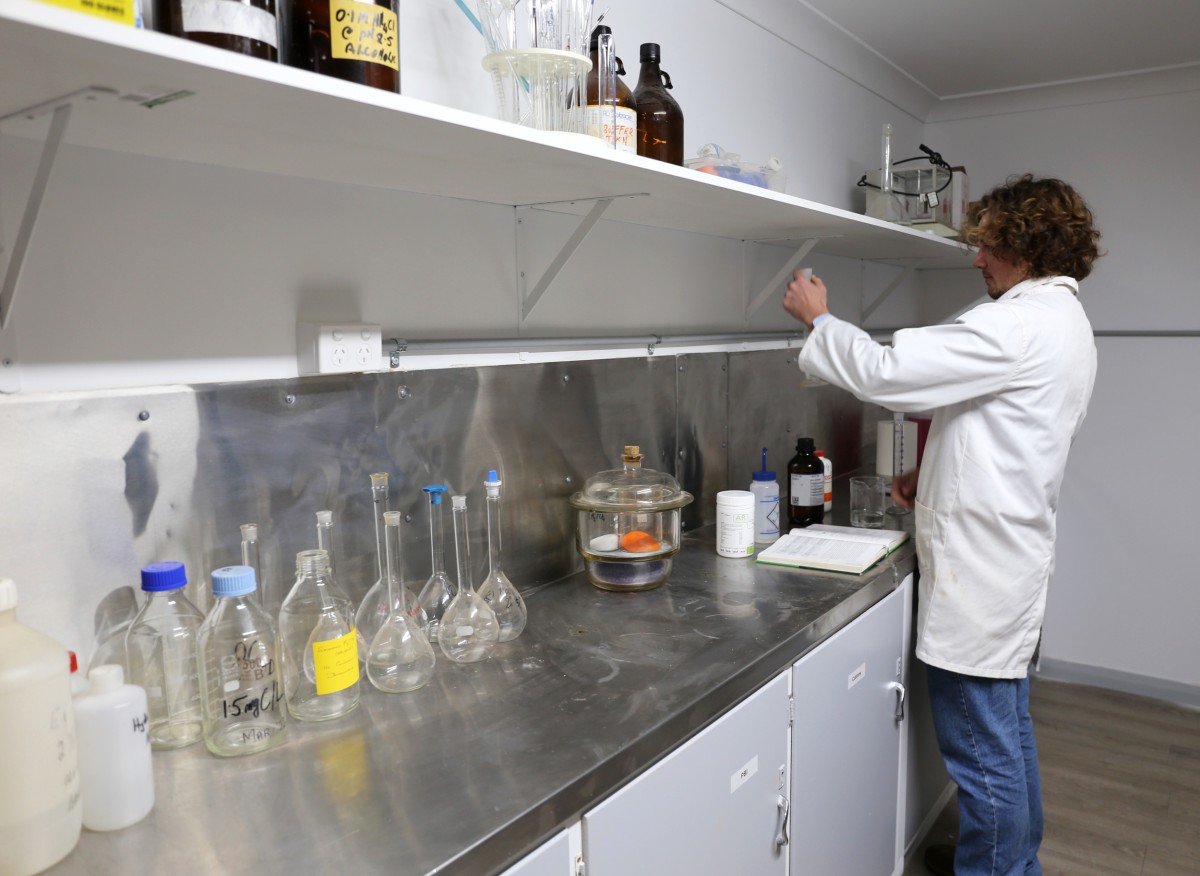Week 2 - Diagnosing Soil Constraints: Techniques and Tools
Accurate diagnosis of soil constraints is essential for effective management. Identifying soil acidity involves testing pH levels using soil samples collected from different depths. A pH of less than 5.5 is typically considered acidic, requiring lime applications to neutralise the acidity. Regular soil testing helps in monitoring pH levels and adjusting lime applications accordingly.
For compaction, soil physical properties are assessed using tools like penetrometers and bulk density measurements. Penetrometers measure the resistance of soil to penetration, providing an indication of compaction levels. High resistance values signify compacted layers that restrict root growth and water infiltration. Bulk density measurements, which assess soil mass per unit volume, also help in identifying compacted soils. Lower bulk density values indicate better soil structure with adequate pore space for root growth and water movement.
Salinity diagnosis involves measuring the electrical conductivity (EC) of the soil solution. High EC values indicate high salt concentrations, which can impede plant growth. Soil samples are analysed in laboratories to determine salinity levels, and remote sensing technologies, such as electromagnetic induction, provide spatial maps of soil salinity across large areas. These maps help in identifying saline zones and tailoring management practices to specific areas.
Sodicity is assessed by measuring the exchangeable sodium percentage (ESP) and sodium adsorption ratio (SAR) in soil samples. High ESP and SAR values indicate sodic soils, which require amendments like gypsum to improve soil structure and permeability. Combining these diagnostic tools with spatial mapping technologies enables precise identification of problem areas, facilitating targeted interventions for effective soil management.
By having control of the end to end process of sampling design, soil coring and soil analysis OptiSoil is able to dive deep into what soil characteristics drive yield. Using advanced statistical modelling to create insights beyond conventional soil labs allows for targeted sampling and analysis to get the most accurate result. As opposed to standard off the shelf analytic lab codes OptiSoil is able to match the correct soil analysis for the constraint being identified. Our agribusiness partners are able to optimise uncertainty in the sampling strategy design by nominating their own risk levels, giving a tailored approach to sampling density and costs associated.


